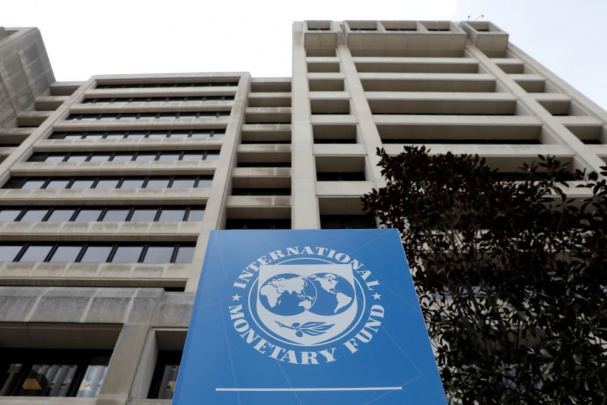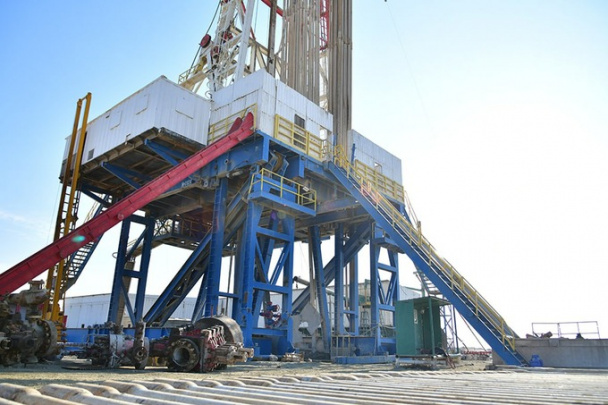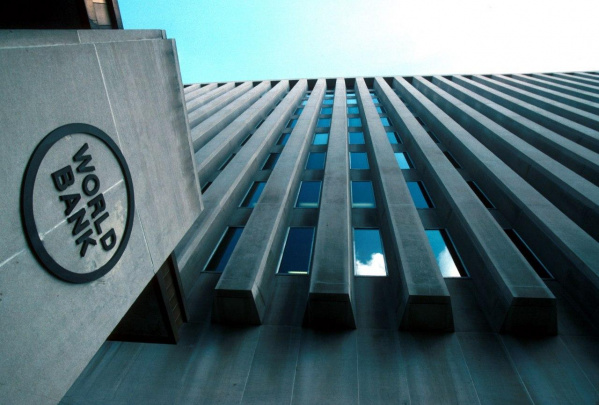Demand of Uzbek citizens for electricity may grow annually by 5-5.3% until 2035
According to forecast estimates, in order to meet the growing demand from both the population and the economy as a whole, by 2030 it will be necessary to increase the energy capacity by at least 1.7 times relative to the current level.

Photo: Kun.uz
In the context of the growing demographic burden on electricity producers and suppliers, it was necessary to take measures to strengthen the social priorities of the ongoing energy policy in the domestic market. The analysis carried out by experts of the Institute for Forecasting and Macroeconomic Research (IFMR) showed that during this period there were significant changes in the structure of distribution of electricity volumes supplied to the domestic market.
During the period 2016-2022, the physical volumes of electricity supplied directly to the population increased by more than 40%. There is a tendency to increase the share of the population in the overall structure of energy consumption from 26.4% in 2016 to 28.9% in 2022. A positive trend in the growth of electricity consumption per capita by an average of 4% annually was also revealed. It is noted that in the analyzed period, the growth trend in electricity consumption was formed in the whole country - more than 1.24 times compared to the level of 2016. The study of factors influencing the growth of energy consumption showed a positive relationship between electricity consumption and population growth.
According to estimates, the value of the elasticity coefficient, calculated through the ratio of the growth of energy consumption and the population, was formed in the range of 1.02-1.1. The average value of this indicator for the entire study period was 1.04, which determines the percentage of stimulation of additional demand for electricity with an increase in the population by 1%. Assuming this ratio to remain at the level of 1.04 in the long term and using population growth forecasts, estimates of the likely level of electricity consumption for the period 2030-2040 were made.
The calculation results showed that the demand for electricity from the population can increase annually by 5-5.3% in the period up to 2035.
According to forecast estimates, in order to meet the growing demand from both the population and the economy as a whole, by 2030 it will be necessary to increase the energy capacity by at least 1.7 times relative to the current level. At the same time, the above estimates do not take into account the factor of increasing restrictions, as a result of which the demand for electricity is not fully met, which is confirmed by frequent household outages throughout the analyzed period, and which were especially noticeable in January of this year.
In order to level this factor, estimates were made taking into account the expected replenishment of the existing deficit, estimated at about 8-10% of the need. In this case, the value of the elasticity coefficient exceeded the initial value and averaged 1.06.
Based on these values, the demand for electricity from the population will increase at a faster rate in the range of 6.2-6.5% in the period up to 2035.
Accordingly, the dynamics of energy capacities will be characterized by higher rates of development – by 1.8-1.9 times by 2030. The predicted growth in demand of the population against the background of the expected increase in energy demand from the most important industries and sectors of the economy requires additional study and effective implementation of large-scale and complex decisions regarding the development of the national energy system.
Related News

13:53 / 11.10.2023
IMF says Uzbekistan is ahead of Kazakhstan, Kyrgyzstan and Turkmenistan in terms of economic growth

16:05 / 21.08.2023
Uzbekneftegaz anticipates slight slowdown in gas production in 2023

18:26 / 29.06.2023
Population aging expected to accelerate in Uzbekistan

13:53 / 07.06.2023



